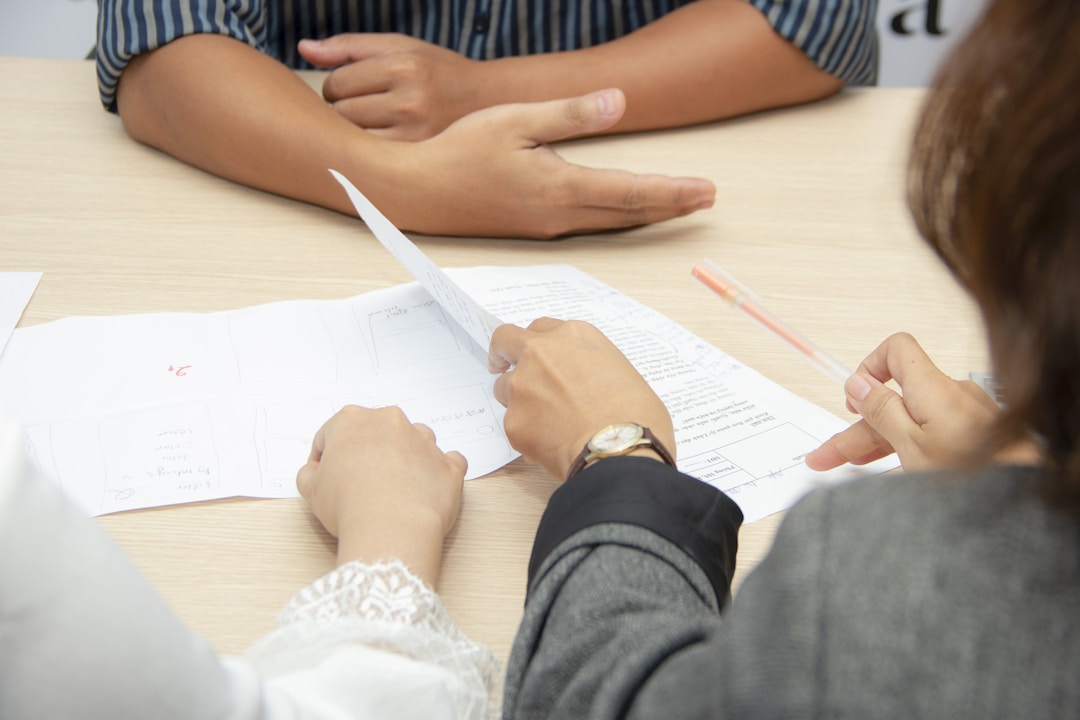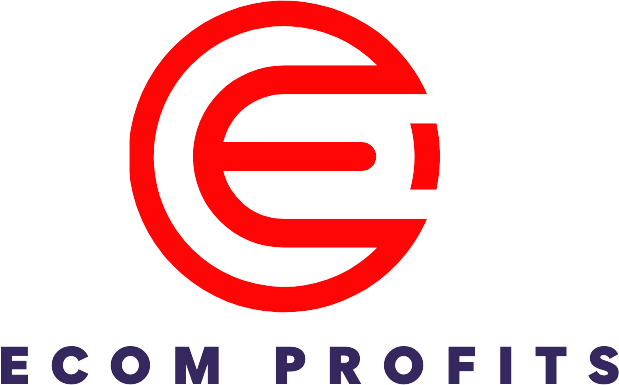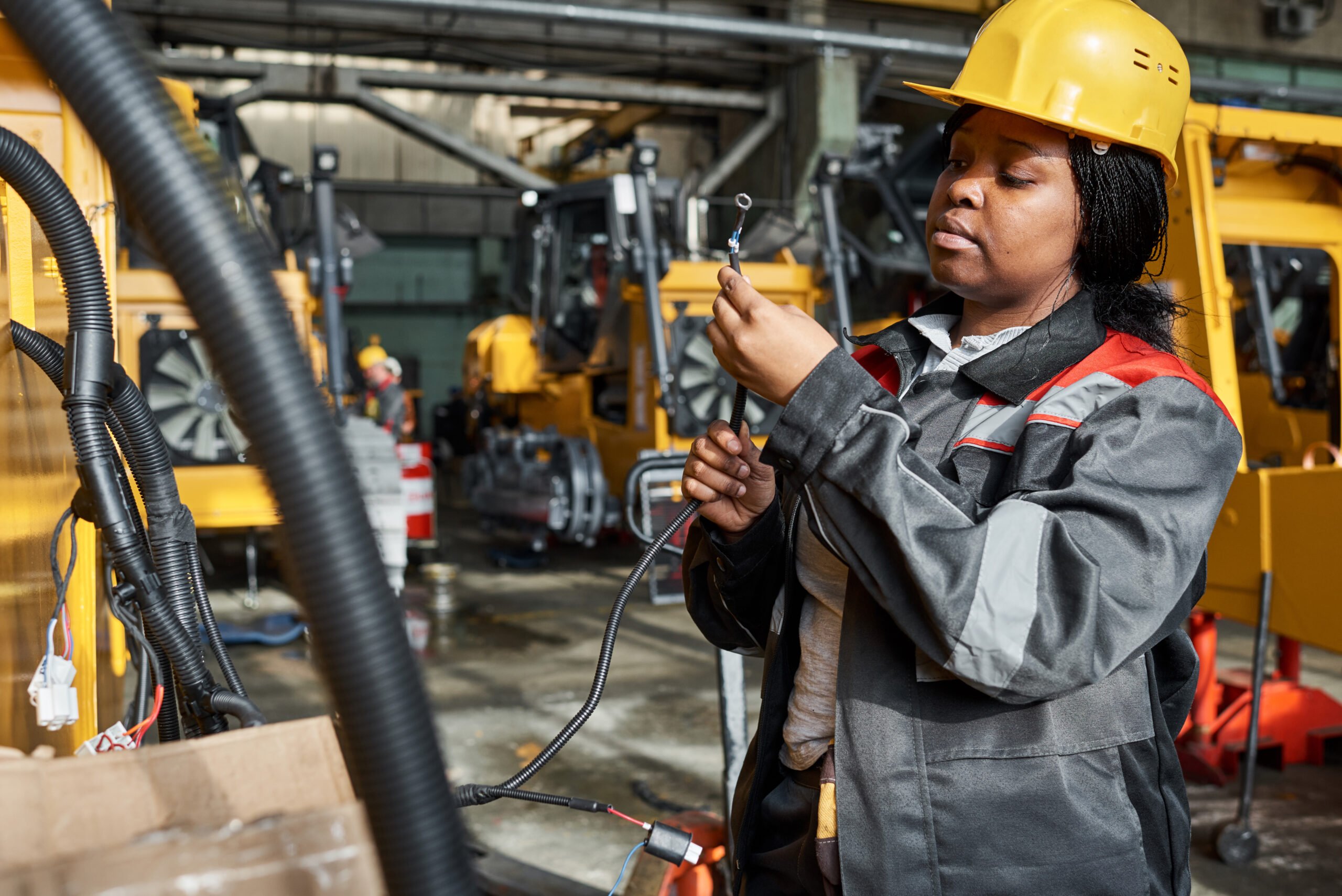Stepping into a job interview can be a daunting experience, and making the right impression can feel like a challenge. When it comes to interviews, there’s more to it than just answering the questions right; your appearance also plays a role in creating a lasting impression. Regardless of how experienced or skilled you are for the role, your attire speaks volumes about your professionalism to prospective employers before you even utter a word. In this article, we shall explore some important tips and guidelines on how you can best dress for your next interview to maximize your chances of securing your dream job. Keep reading!
Understanding the Company Culture
Before deciding on what to wear for an interview, it is crucial to understand the company’s culture and work environment. Some organizations, particularly those in sectors like technology, media, and design, may have a more casual dress code. Alternatively, industries like law, finance, and some corporate positions may necessitate a more formal and professional ensemble. Accordingly, dress for the occasion. Remember, it’s better to err on the side of dressing too formally than too casually. Alienating a prospective employer with an overly casual appearance could harm your chances of getting the job.
Researching the company’s culture can give you some insight into its dress code. You can do this by visiting the company’s social media profiles, their website, or even calling their HR department. Keep tabs on the company dress code guidelines, if any are available. If it’s a startup, look out for evidence of a casual dress sense; formal corporate images may suggest a more traditional dress policy.
According to a study by Hays Recruiting experts, almost half (48 percent) of the employers said that what a candidate wears to the interview can be a deciding factor when choosing between similar candidates. Therefore, understanding the dress code of the organization you’re applying for not only shows that you’ve done your homework but also that you’re a cultural fit—a subtle point that can improve your chances of landing the job.
Dressing for Casual Interviews
If you find yourself prepping for a casual interview, don’t be mistaken; that does not mean you should show up in slippers and shorts. In such contexts, business casual is often the go-to attire. For men, this could mean a pair of chinos or formal trousers, paired with a plain, crisp shirt or a smart polo T-shirt. A good place to explore these options could include business casual for men.
For women, dress pants or a skirt, paired with a blouse or a dressy top can hit the right note of seeming professional yet relaxed. Keep in mind to complete your look with smart and polished footwear to maintain that professional edge. Women should still avoid flashy jewelry and opt for subtle, understated accessories.
Even if the company has a relaxed dress code, it’s important to avoid dressing too casually. Remember, it’s better to be overdressed than underdressed. This shows respect for the company and for the interview process itself—a crucial point to remember when trying to make a positive impression.
Dressing for Formal Interviews

Dressing for a formal interview requires conscious effort and attention to detail. For men, a suit is usually the safest choice—it showcases professionalism and aligns perfectly with the seriousness that a formal interview requires. Choose a navy blue, black, or dark grey suit paired with a crisp white or light-colored button-down shirt. The tie should complement your suit and not detract from your overall appearance; select a classic pattern like strips or dots in professional hues like red, blue, or grey.
For women, a skirt suit or pantsuit in a conservative color like black, navy, or grey is a good choice. Under the suit, a blouse in a solid color or simple pattern works best. Just like men’s attire, women’s attire should be professional and not too distracting or revealing. Your shoes should be clean and formal-looking; a pair of classic black or brown dress shoes work well for men, and for women, closed-toe shoes like flats or medium-height heels are the best choice. RW & CO offers a wide selection of professional clothing for both men and women.
Accessories should stay minimalistic and professional. This may include a simple pair of cufflinks for men or small earrings for women. A clean, professional briefcase or handbag can also help to finalize your appearance. Lastly, grooming is crucial. Hair should be neat and tidy. If you have facial hair, it should be well-trimmed. Women should keep makeup and perfume minimal and avoid flashy jewelry.
Making a Good First Impression
Your outfit is just one part of creating a good impression. It’s important to remember that your prospective employer is paying attention to every aspect of your presentation. Smile, make eye contact, and exhibit confidence through good posture. Whenever possible, engage in small talk to demonstrate your interpersonal skills. If you are feeling particularly nervous, take deep, calming breaths and remind yourself that it’s okay to ask for clarification if you don’t understand a question. Demonstrating calmness under pressure is a quality many employers look for in prospective employees.
While your outfit and physical presentation make the first impression, it’s your character and skills that will ultimately win the day. Be sincere and authentic, and let your personality shine through. You never know, it could be your unique trait or your quirky sense of humor that sets you apart from other candidates.
Always follow up after an interview to show your appreciation for the opportunity. A thank you letter or email not only allows you to thank your interviewer for their time, but it also provides another opportunity for you to draw attention to your skills and why you believe you are the best fit for the job.
Customizing Your Attire to the Job Role

Another good practice is customizing your attire to the job you’re interviewing for. Your attire should mirror the professionalism equivalent to the position you’re aiming for. If it’s a managerial role, it simply makes sense to err on the side of overdressing. If it’s a creative role, a little artistic expression in your attire could do no harm. If you’re unsure, finding someone who already works in the same or similar role and can give you advice on what to wear can be helpful.
It’s also essential to consider even the small details when customizing your attire. These small details, like the color of your clothing, your jewelry, or even the state of your shoes, could be the trigger that prompts an employer to choose you over another candidate. Now, this doesn’t mean that you should show up color-coordinated from head to toe. Subtly incorporating the company’s colors or patterns may be beneficial.
Last, your outfit should be comfortable and make you feel confident. After all, if you don’t feel good in what you’re wearing, it inevitably affects your confidence level. A well-fitting dress pant could impact how you present yourself during the interview.
Your attire is the first thing anyone notices about you, and it’s a crucial aspect of your non-verbal communication. Interviews can be stressful, but with the right preparation and attire, you’ll be able to project the confidence, respect, and professionalism needed to stand out. Overall, dress for the job you want, not for the job you have, and you’ll be one step closer to acing that interview.


